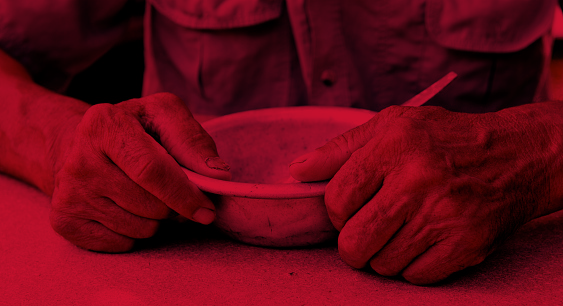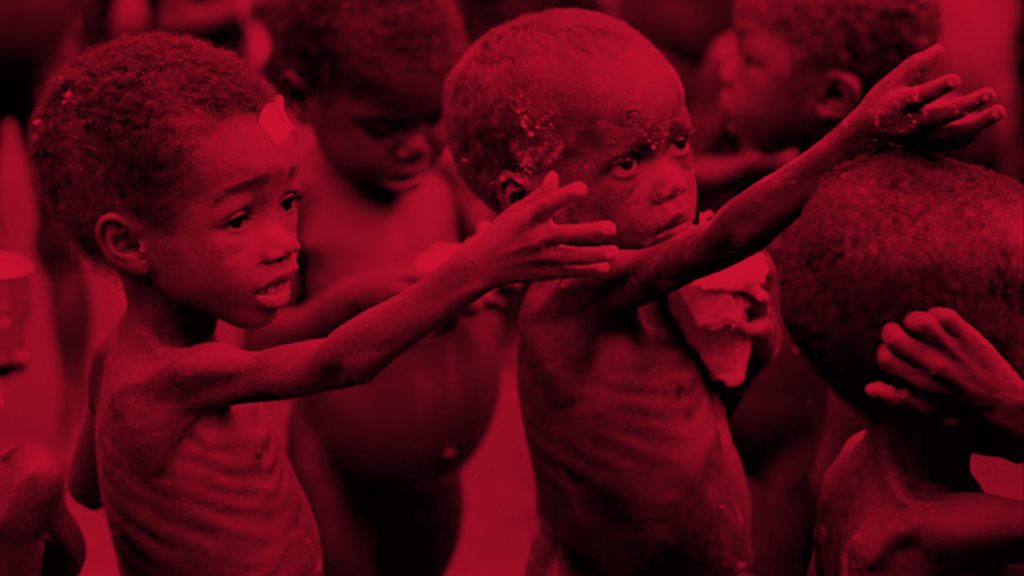MAINTAINING BODY IMMUNITY WITH PROPER NUTRITION INTAKE:
what we should know

What is Malnutrition?
According to WHO, malnutrition is deficiencies, excesses, or imbalances in a person’s intake of energy and/or nutrients.
There are three broad groups of conditions:
1. Undernutrition: stunting, wasting, underweight.
2. Micronutrient-related malnutrition: micronutrient deficiencies or micronutrient excess.
3. Overweight, obesity, and diet-related non-communicable diseases.
DO
YOU
KNOW?
1 of children in Indonesia suffer from stunting.
1 of 8 children in Indonesia suffer from underweight.
1 of 10 children in Indonesia suffer from wasting.
THE IMPORTANCE OF NUTRITION FOR GROWTH AND DEVELOPMENT OF YOUTH
Poor nutrition and food insuficiency during adolescence increase the risk of poor academic, behavioral, and mental health outcomes. A deficiency in calcium intake during youth could cause osteoporosis in later life. A deficiency in iron intake may cause Iron deficiency anemia, which cause disability among children and adolescents.
CORRELATION BETWEEN COVID-19 AND NUTRITION
One-third of 1536 respondents in this survey do not exercise at least 30 minutes each day. 33% from 3830 respondents said that their meal variety is lesser than before COVID-19 pandemic. In a survey from 3951 Indonesian residents, which 78% aged under 20. 33% of respondents said that their frequency and their meal portion decrease during the COVID-19 pandemic. Good nutrition is necessary during the COVID-19 pandemic. A well-nourished person will have good immunity, which helps our body defend against infection. One of them is the SARS-CoV-2 infection, which causes COVID-19
NEGATIVE IMPACTS OF MALNUTRITION
CHRONIC LACK OF ENERGY
- Due to lack of nutritional intake
- Increases the risk of various infectious diseases and hormonal disorders.
- Can be prevented by eating a balanced nutritious diet.
STUNTING
- Toddlers who hace less length or height compared to age.
- The average height of Indonesian children is shorthen than WHO standards (12.5 cm shorter for boys and 9.8 cm shorter for girls).
- Decreased cognitive function, decreased immune function, and metabolic system disorders (lead to the risk of degenerative diseases, such as diabetes mellitus, coronary heart disease, hypertension, and obesity).
ANEMIA
- 12% of boys and 23% of girls, mostly due to iron deficiency.
- Anemia in adolescents hand a negative impact on decreased immunity, concentration, learning achievement, adolescent fitness, and productivity.
- Increasing the risk of maternal mortality, premature birth and low birth weight (LBW).
- Anemia can be avoided by consuming foods high in iron, folic acid, vitamin A, vitamin C and zinc, and administering blood booster tablets (TTD).
HOW TO PREVENT MALNUTRITION

- Eat a variety of foods from the main food groups
Plenty of fruit and vegetables, starchy foods such as bread, rice, potatoes, pasta, some milk and dairy foods or nin-dairy meat, fish, eggs, and beans. - Take additional supplements to meet daily nutritional needs
- Speak to general practitioner or specialist if you have a health problem that puts you increased risk of malnutrition
- Eat a healty and balanced diet
Sources
Ikatan Dokter Anak Indonesia.2013.Nutrisi pada Remaja.[online] Available at: <https://www.idai.or.id/artikel/seputar-kesehatan-anak/nutrisi-pada-remaja>
Kementerian Kesehatan RP.2018.Kenali Masalah Gizi yang Ancam Remaja Indonesia.[online] Available at: <https://sehatnegeriku.kemkes.go.id/baca/rilis-media/2018
0515/4025903/kenali-masalah-gizi-ancam-remaja-indonesia>
NHS. 2020. Malnutrition. [online] Available at: <https://www.nhs.uk/conditions/malnutrition/#:~text=
The%20best%20way%20to%20prevent,bread%2C%20rice%2C
%20potatoes%2C%20pasta>
WHO. 2021. Malnutrition. [online] Available at: <https://www.who.int/news-room/fact-sheets/
detail/malnutrition>
https://apps.who.int/iris/bitsteam/handle/10665/173098/WHA42 TD8 eng.pdf?sequence=1&isAllowed=y_
https://covid19.go.id/storage/app/media/Materi%20Edukasi/final-panduan-gizi-seimbang-pada-masa-covid-19-1.pdf

